
Copernical Team
Curiosity rover searches for new clues about Mars' ancient water
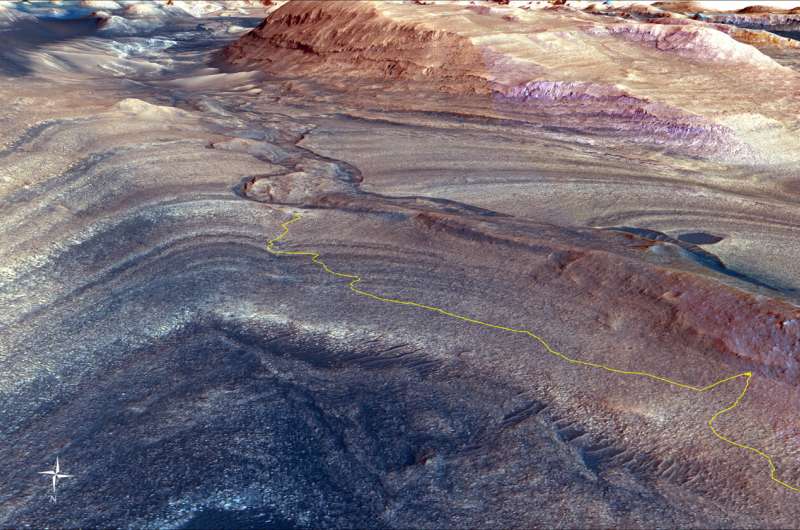
NASA's Curiosity rover has begun exploring a new region of Mars, one that could reveal more about when liquid water disappeared once and for all from the Red Planet's surface.
Mapping the best route for a spacecraft traveling beyond the sun's sphere of influence
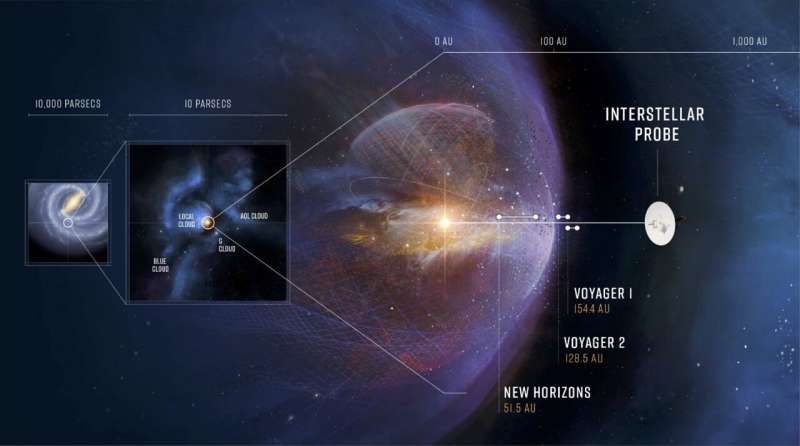
The heliosphere—made of solar wind, solar transients, and the interplanetary magnetic field—acts as our solar system's personal shield, protecting the planets from galactic cosmic rays. These extremely energetic particles accelerated outwards from events like supernovas and would cause a huge amount of damage if the heliosphere did not mostly absorb them.
Currently, the scientific community cannot reach a consensus on the boundaries or contours of this protected space, and they're exploring mission concepts for an interstellar probe that travels beyond the sun's sphere of influence to answer these questions.
Blind people can hear and feel April's total solar eclipse with new technology

Week in images: 25-29 March 2024

Week in images: 25-29 March 2024
Discover our week through the lens
Technical setback delays launch of final Delta IV Heavy
 Launch of the final Delta IV Heavy has been delayed until further notice. An issue with a liquid pump in the gaseous nitrogen pipeline, crucial for providing pneumatic pressure to the launch vehicle's systems, led to the postponement.
The anomaly prompted a meticulous troubleshooting process by the United Launch Alliance (ULA) team. Work to diagnose and rectify the issue is underway to ens
Launch of the final Delta IV Heavy has been delayed until further notice. An issue with a liquid pump in the gaseous nitrogen pipeline, crucial for providing pneumatic pressure to the launch vehicle's systems, led to the postponement.
The anomaly prompted a meticulous troubleshooting process by the United Launch Alliance (ULA) team. Work to diagnose and rectify the issue is underway to ens Earth from Space: The Amazon plume
 Image:
The Copernicus Sentinel-3 mission takes us over northern Brazil, where the Amazon River meets the Atlantic Ocean.
Image:
The Copernicus Sentinel-3 mission takes us over northern Brazil, where the Amazon River meets the Atlantic Ocean. Final Voyage Delayed: ULA Postpones Last Delta IV Heavy Launch with Classified NRO Payload
 The United Launch Alliance (ULA) has announced a postponement in the final mission of the Delta IV Heavy rocket, now rescheduled for Friday afternoon. This delay comes as the rocket was prepared for its last journey from Cape Canaveral Space Force Base's Space Launch Complex-37. NROL-70 is conducted for the National Reconnaissance Office, carrying a classified payload, speculated to be an Electronic Signals Intelligence Satellite.
The United Launch Alliance (ULA) has announced a postponement in the final mission of the Delta IV Heavy rocket, now rescheduled for Friday afternoon. This delay comes as the rocket was prepared for its last journey from Cape Canaveral Space Force Base's Space Launch Complex-37. NROL-70 is conducted for the National Reconnaissance Office, carrying a classified payload, speculated to be an Electronic Signals Intelligence Satellite. Small satellite launch advances comms experimentation, international collaboration
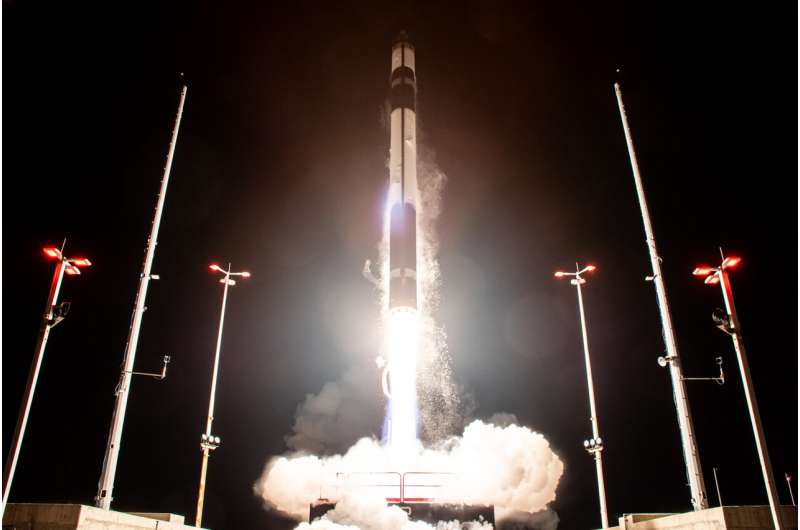
In the dark, early morning sky of March 21 over NASA's Wallops Island Flight Facility on the Virginia coast, a Rocket Lab Electron rocket carried a National Reconnaissance Office (NRO) manifest featuring three collaborative research missions into low-Earth orbit—including the latest piece of home-grown space hardware from the Naval Postgraduate School (NPS).
Led by Associate Research Professors Dr.
NASA's mission to an ice-covered moon will contain a message between water worlds
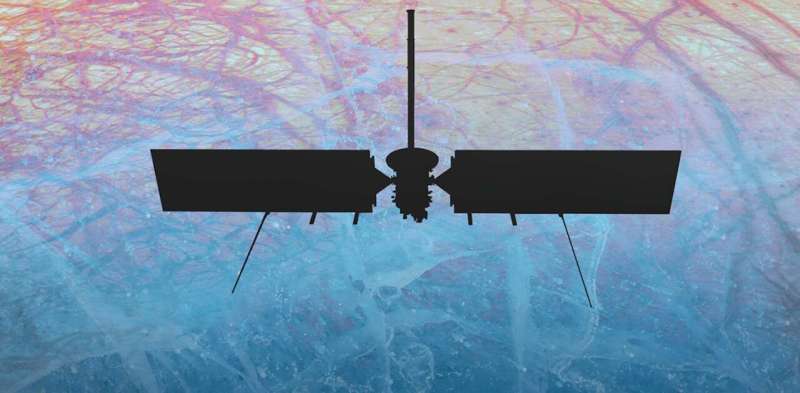
NASA's Europa Clipper spacecraft, headed to Jupiter's ice-covered moon Europa in October 2024, will carry a laser-etched message that celebrates humanity's connection to water. The message pays homage to past NASA missions that carried similar messages.
As the president of Messaging Extraterrestrial Intelligence, or METI, International, I helped design the message on Clipper with two fellow members of our board of directors: linguists Sheri Wells-Jensen and Laura Buszard-Welcher. METI International is a scientific organization dedicated to transmitting powerful radio messages to extraterrestrial life.
We collected audio recordings in 103 languages, and we decided how to convert these into waveforms that show these sounds visually. Colleagues from NASA etched these waveforms into the metal plate that shields the spacecraft's sensitive electronics from Jupiter's harsh radiation.
Mercury could be the perfect destination for a solar sail
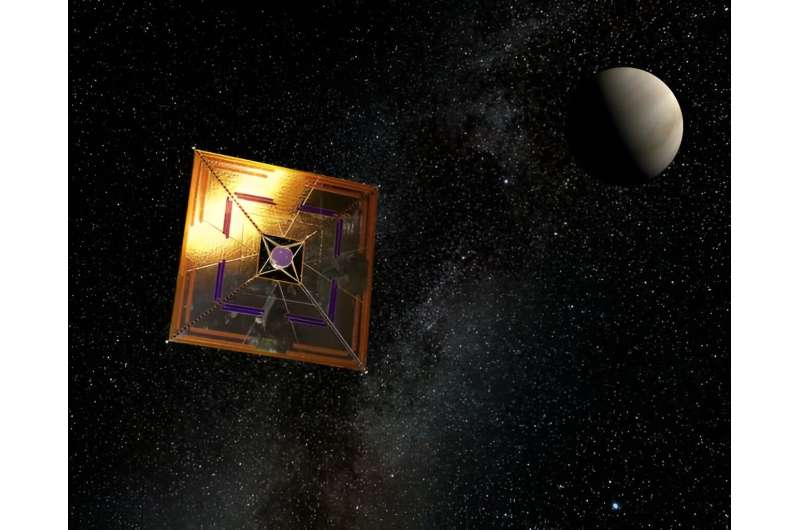
Solar sails rely upon pressure exerted by sunlight on large surfaces. Get the sail closer to the sun and, not surprisingly, efficiency increases. A proposed new mission called Mercury Scout aims to take advantage of this to explore Mercury. The mission will map the Mercurian surface down to a resolution of 1 meter and, using the highly reflective sail surface to illuminate shadowed craters, could hunt for water deposits.
Unlike conventional rocket engines that require fuel which itself adds weight and subsequently requires more fuel, solar sails are far more efficient. Light falling upon the sail can propel a prob across space. It's a fascinating concept that goes back to the 1600s when Johannes Kepler suggested the idea to Galileo Galilei. It wasn't until the beginning of the 21st Century that the Planetary Society created the Cosmos 1 solar sail spacecraft. It launched in June 2005 but a failure meant it never reached orbit. The first successfully launched solar sail was Ikaros, launched by the Japanese Aerospace Exploration Agency it superbly demonstrated the feasibility of the technology.
































